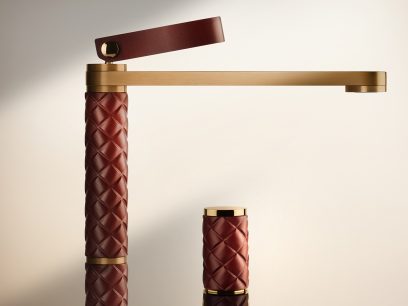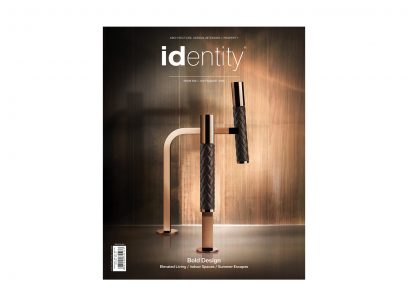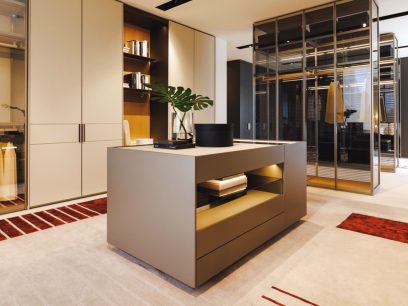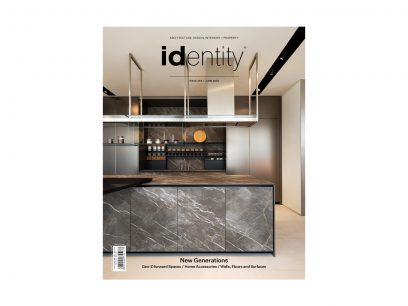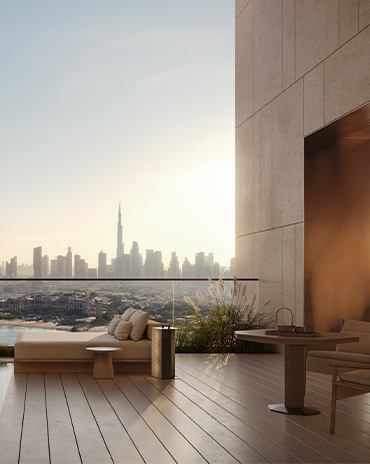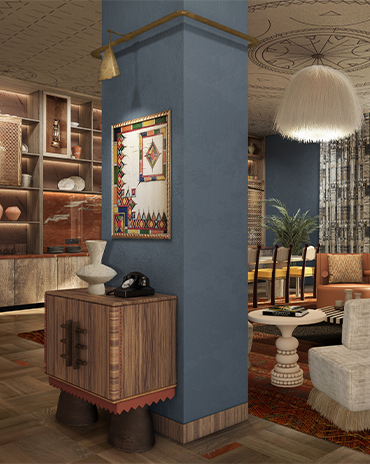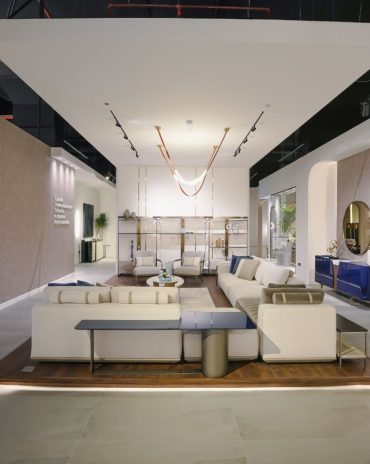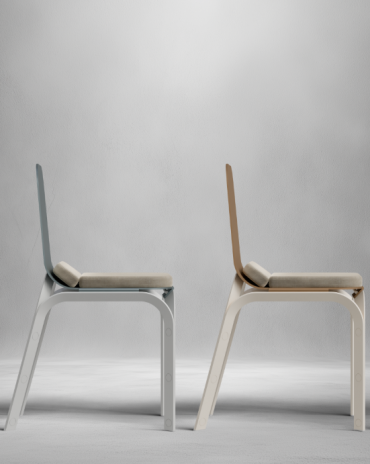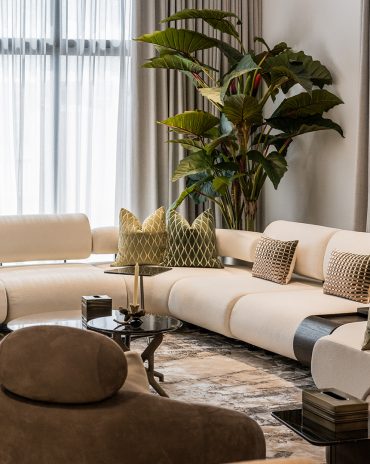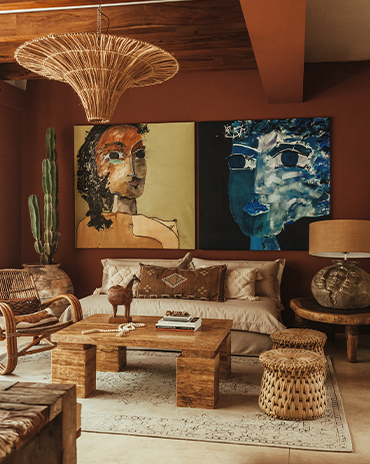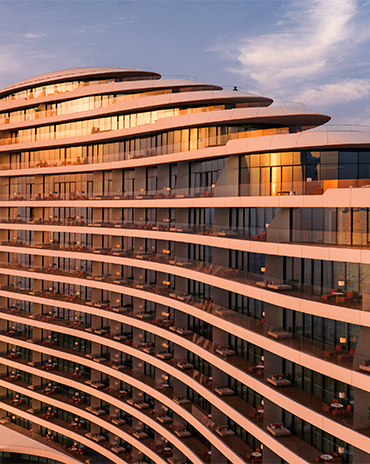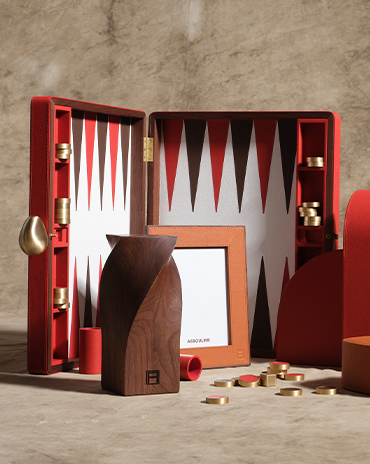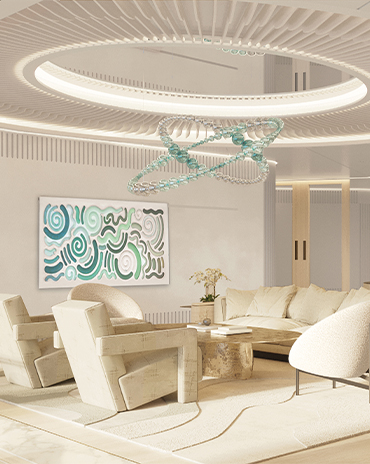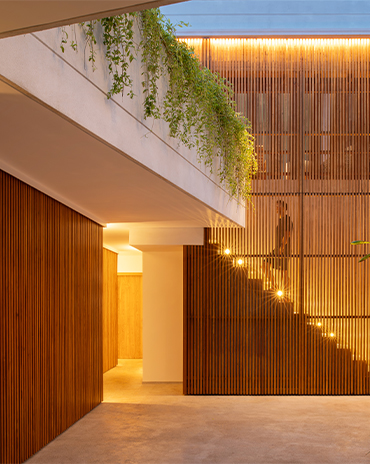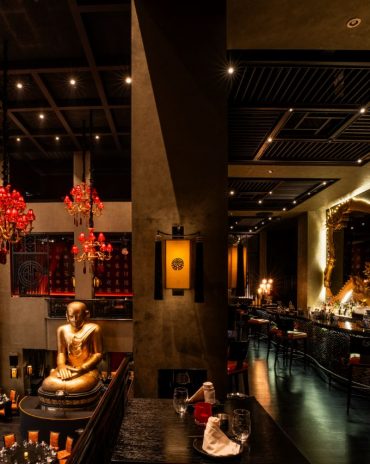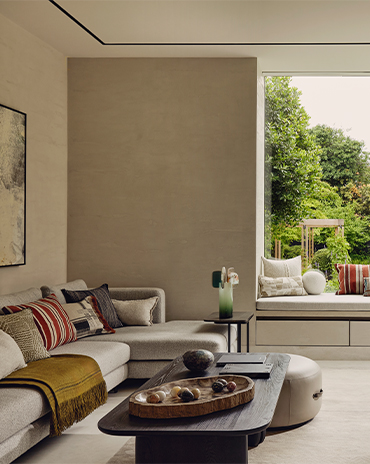Copyright © 2025 Motivate Media Group. All rights reserved.
Yakusha Studio designs a minimalist eatery in Ukraine using recycled materials
Istetyka is inspired by the ritual of eating set in a space created using natural materials
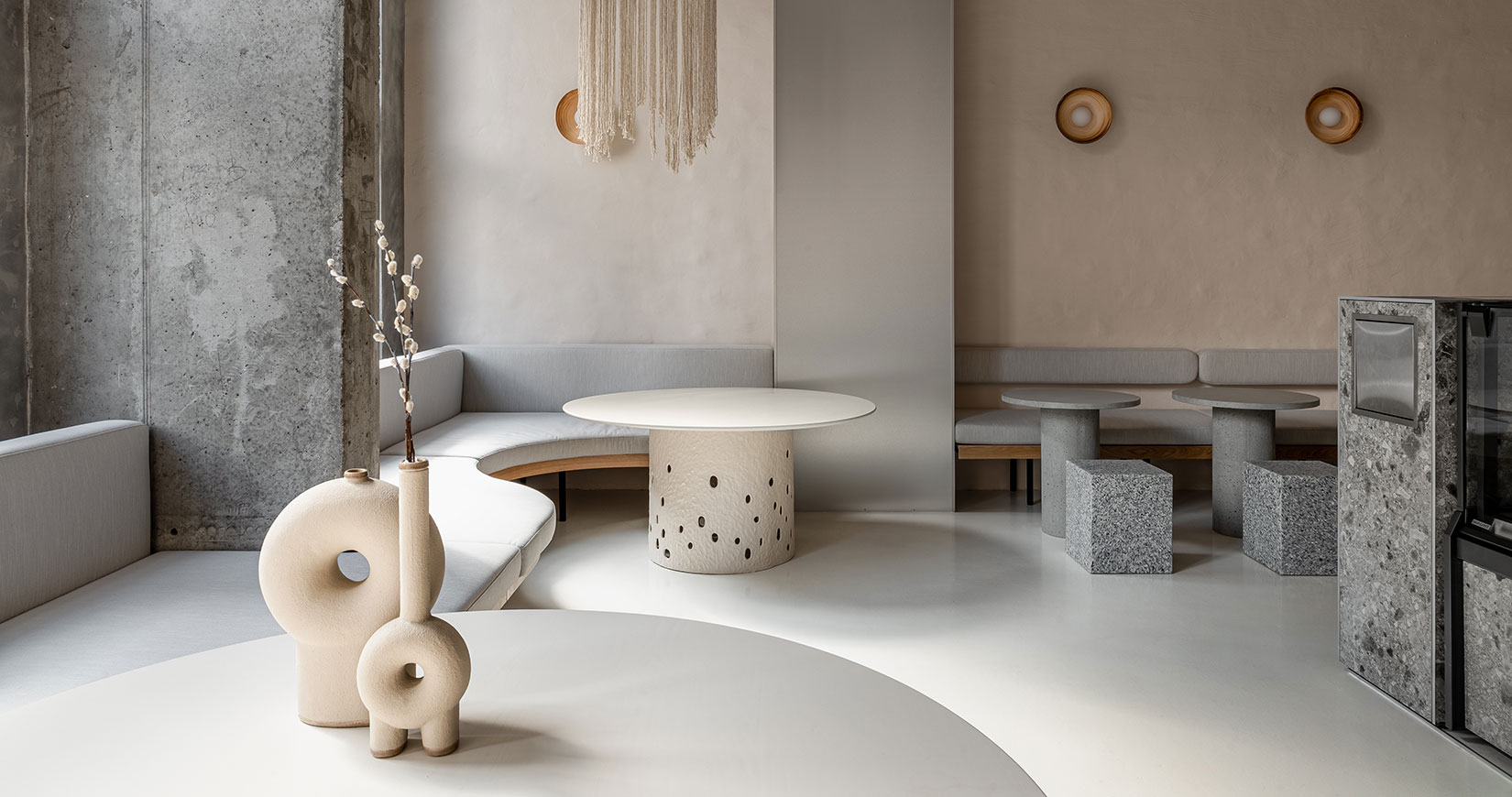
Ukranian design firm Yakusha Studio, known for its minimalist interiors, has designed a pared-back eatery that evokes a connection to the earth that is reflected in its use of materials. Wood, clay walls and unprocessed concrete – that was part of the original design – combine to create a minimalist approach with respect for materiality.
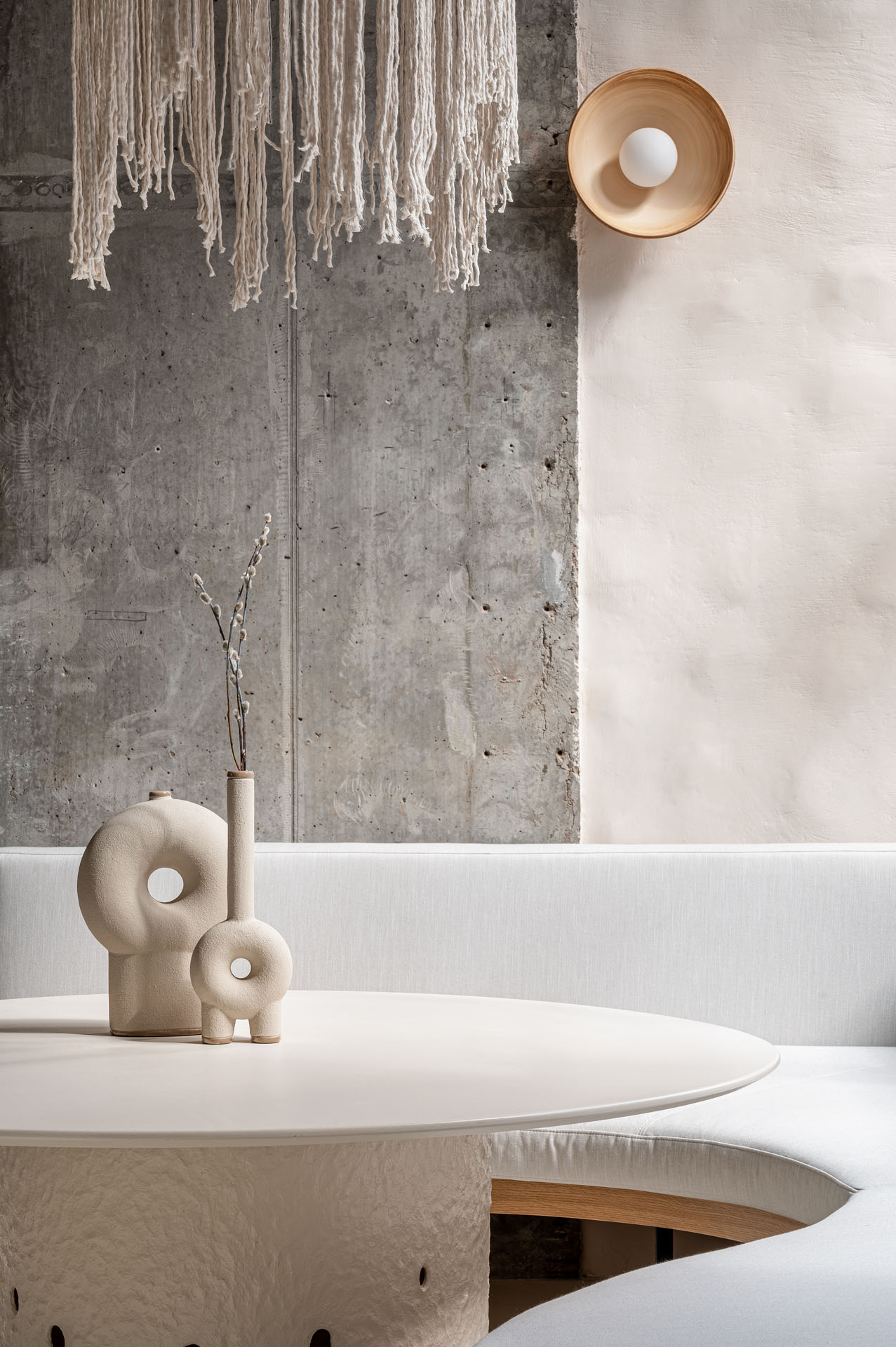
The cafe’s name, ‘Istetyla’, is a portmanteau of the Ukrainian words for eating and aesthetics, with the design aiming to change attitude’s towards dining into a more ritualistic exercise, where the aesthetics of food itself becomes part of the design.
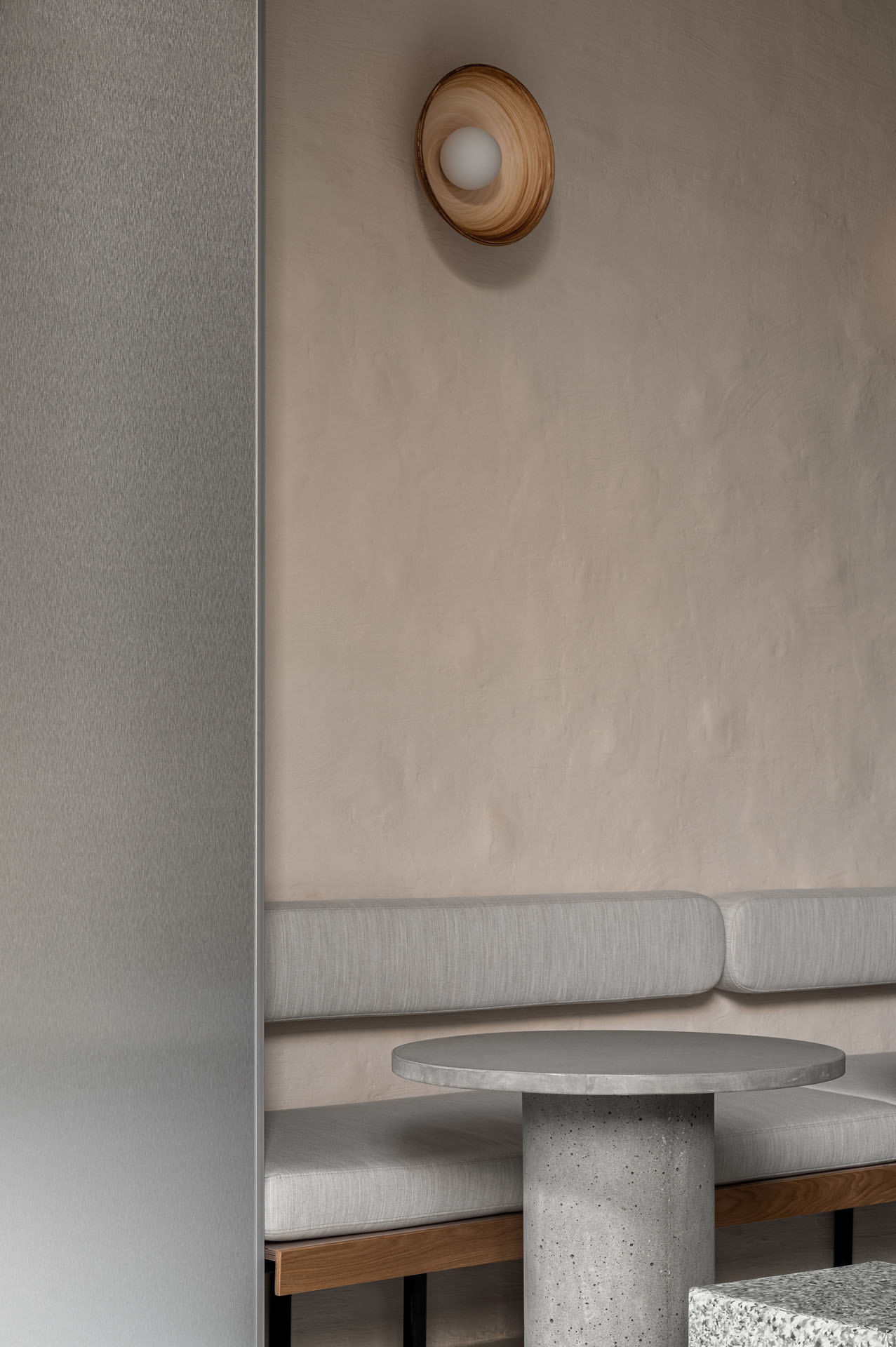
“You don’t have to make something big [to make it noticeable],” said Victoria Yakusha, founder of Yakusha Studio. “Here, we focused on the essence. And [in order] to emphasise this, we created a lot of [open spaces], enhancing the power of the void. Freedom allows us to see what’s important.”
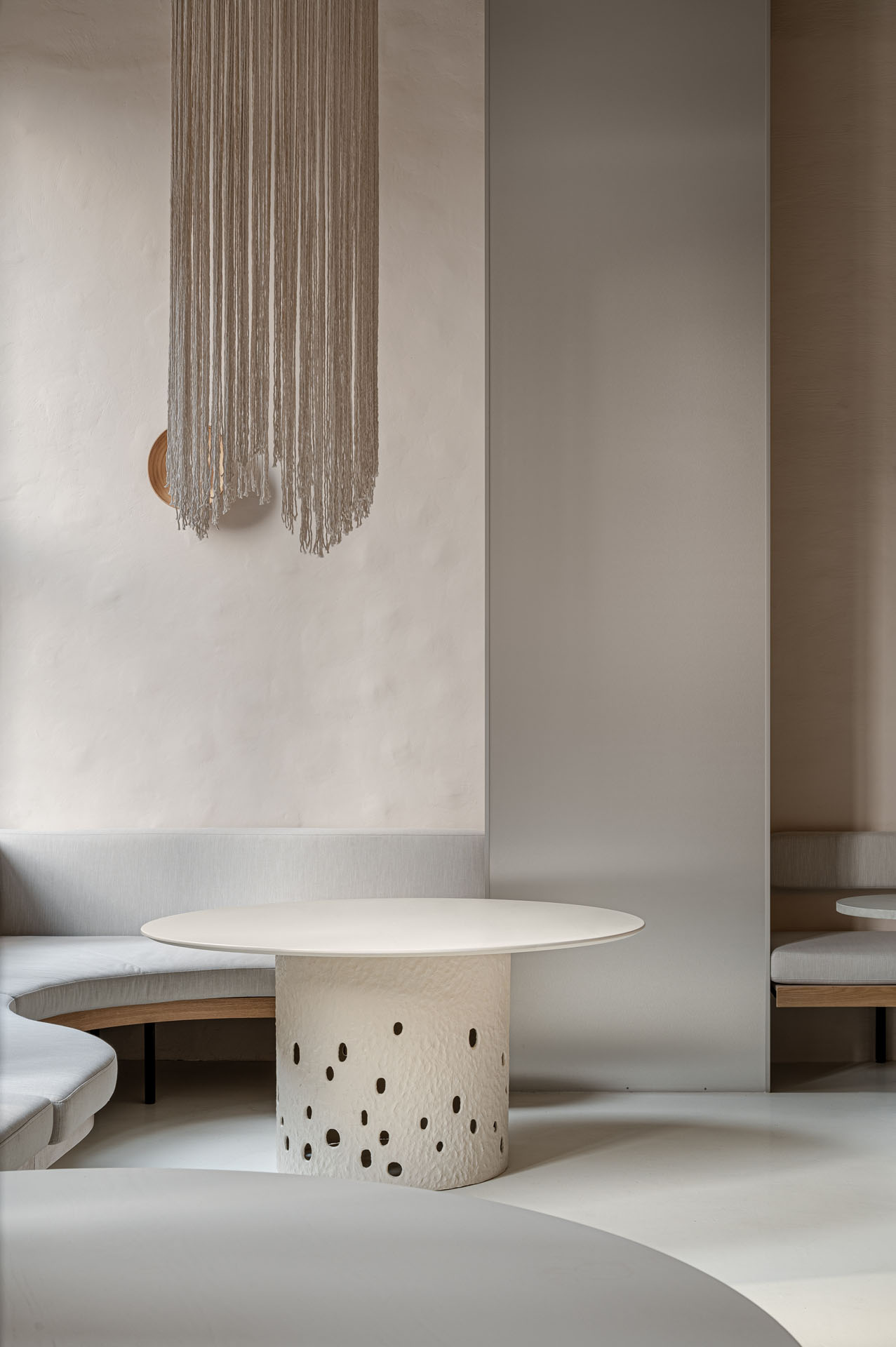
The design features a balance in geometries and cold and warm materials. The simple geometric
shapes of the seats are gently softened by the rounded lines of the tables and lamps, while concrete walls and furniture are met with the warmth of clay. Similarly, rough and uneven textures are balanced by the purity and smoothness of steel.
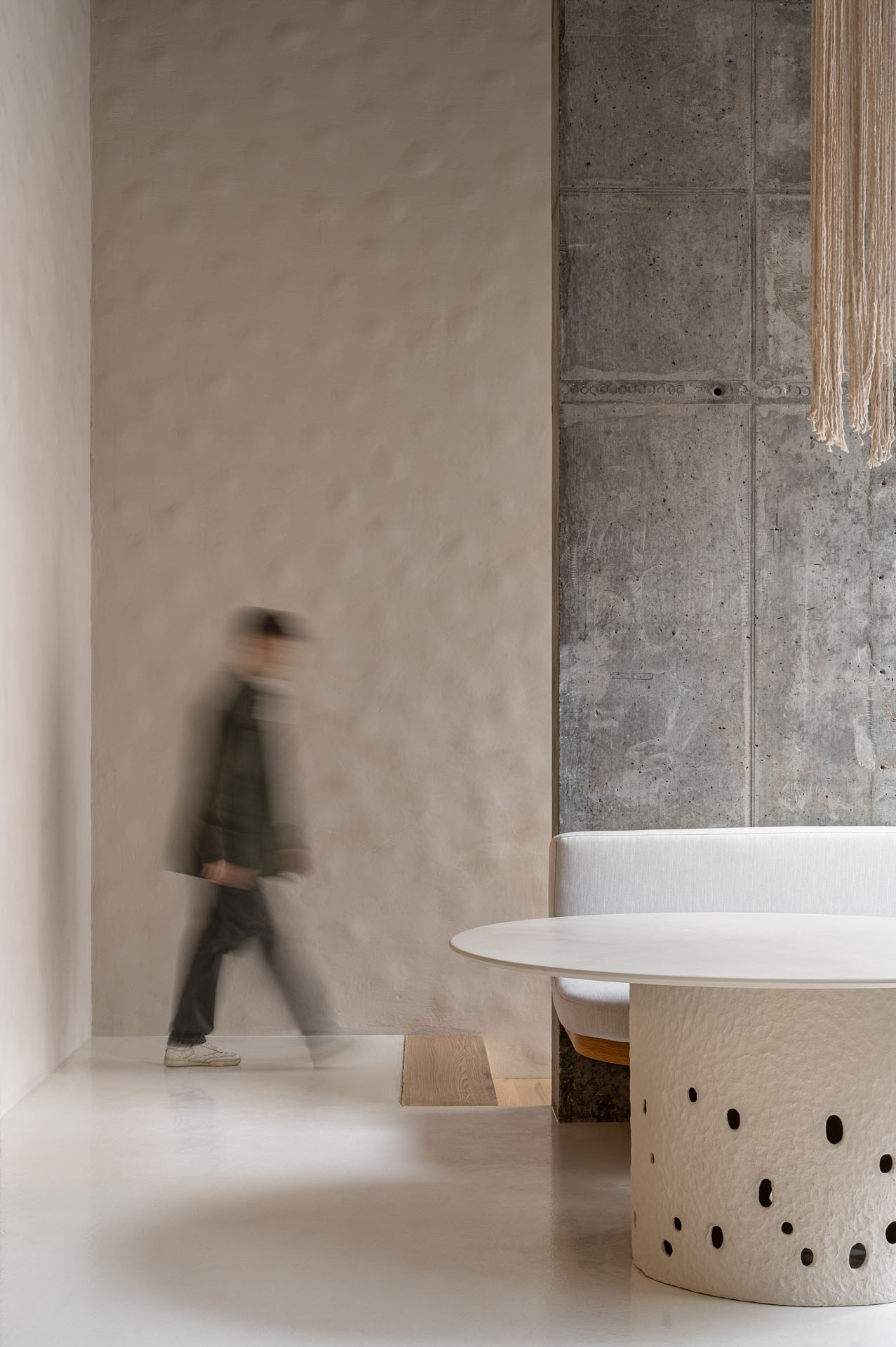
“Each of our projects tells a story. We combine modern materials and techniques with [tradition], passed down from generation to generation. [For example], clay walls, according to Ukrainian traditions, have a very powerful energy,” Yakusha added.
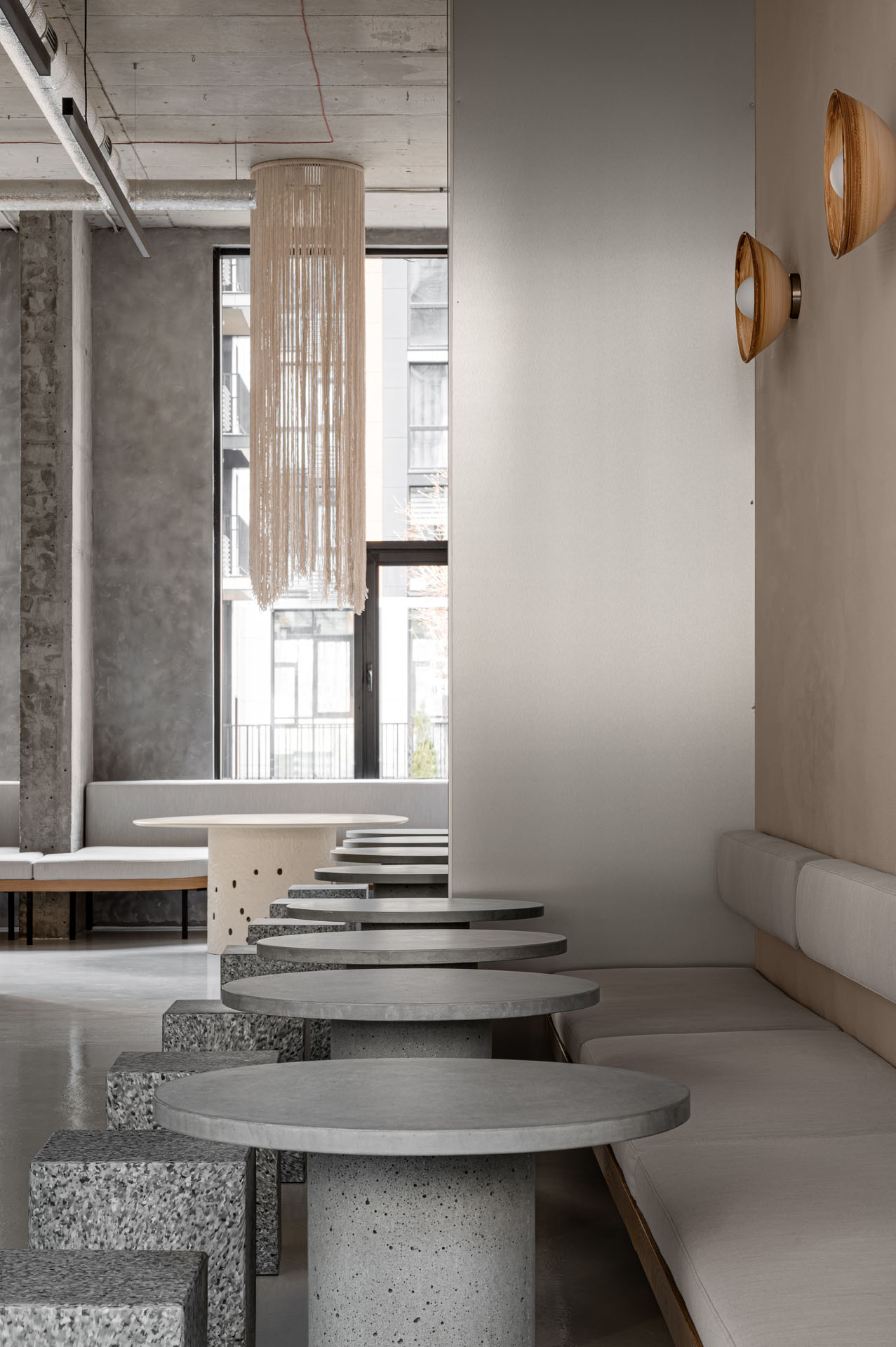
The space is divided into two dining zones. The main dining area features the round and spacious Ztista tables by FAINA served for larger groups. The legs of the tables are made from sustainable material based on clay, recycled paper, and other natural components, made by local artisans. The walls were created using an ancient Ukrainian technique known as ‘valkuvannia’ – commonly used for building walls of traditional homes in the country.
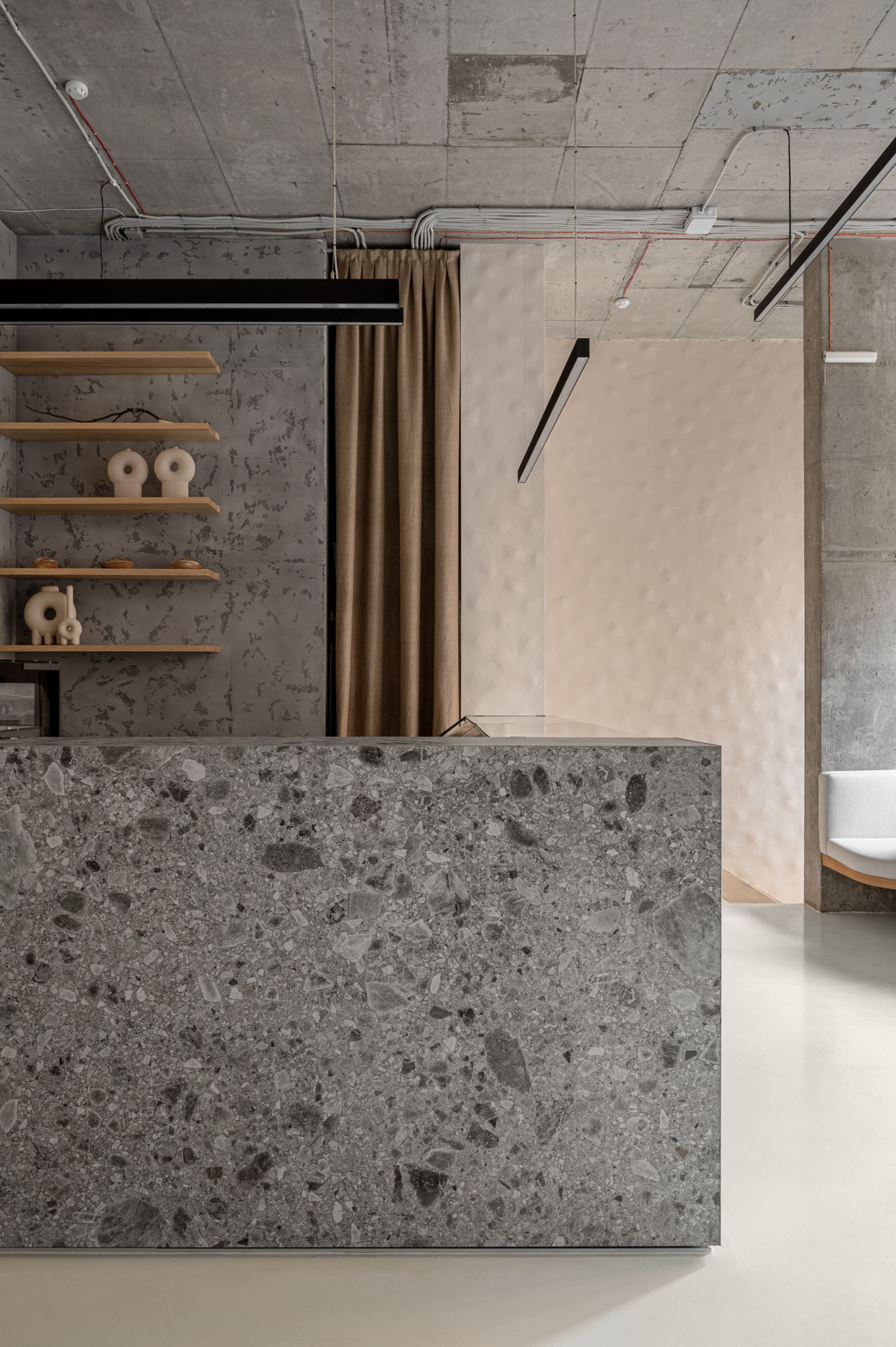
The second zone includes round concrete tables for one or two persons offset by simple
rectangular poufs made of recycled plastic. The kitchen is separated from the seating area
by toned glass, elegantly framed with a minimalistic rack for orders.
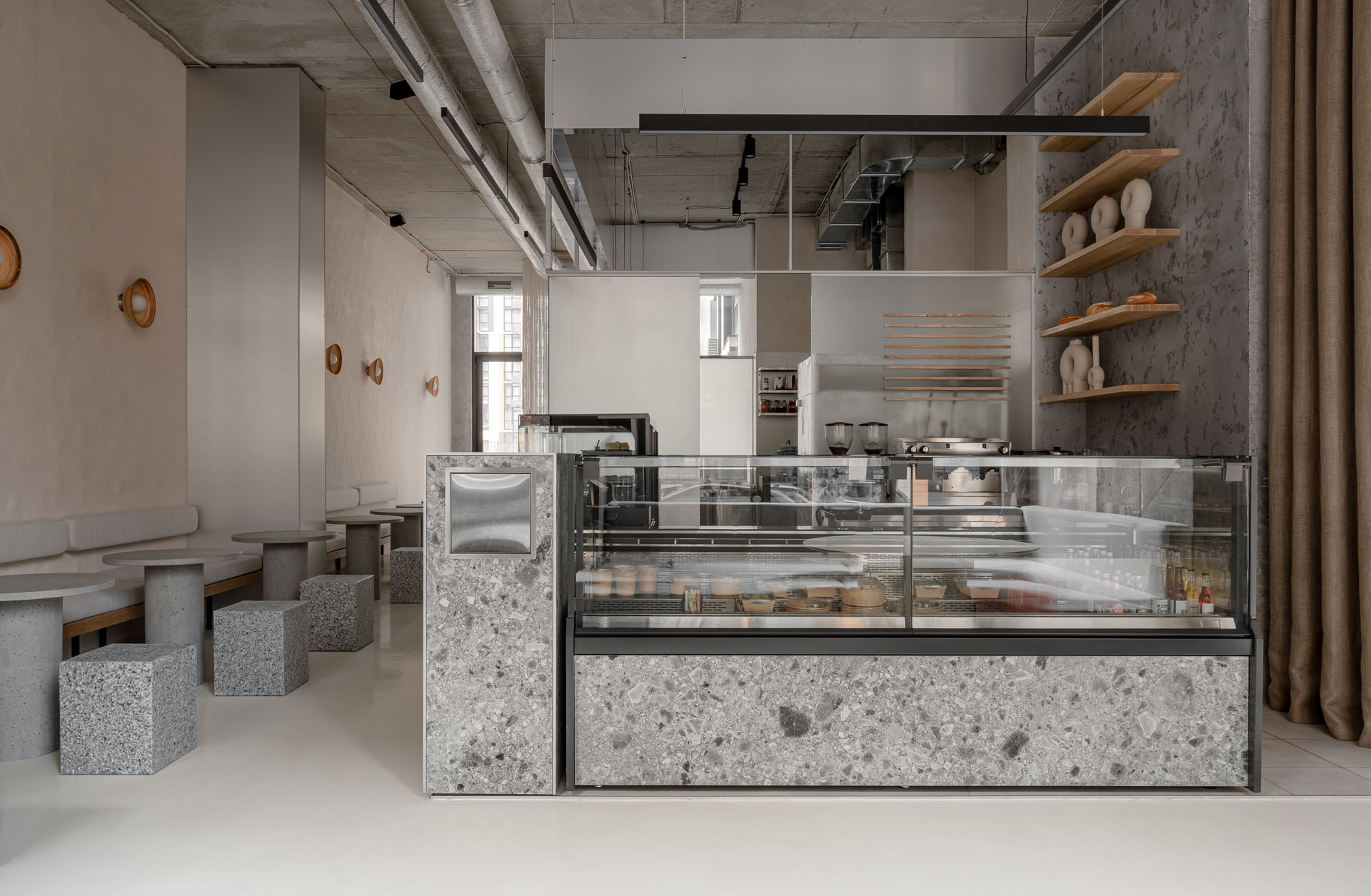
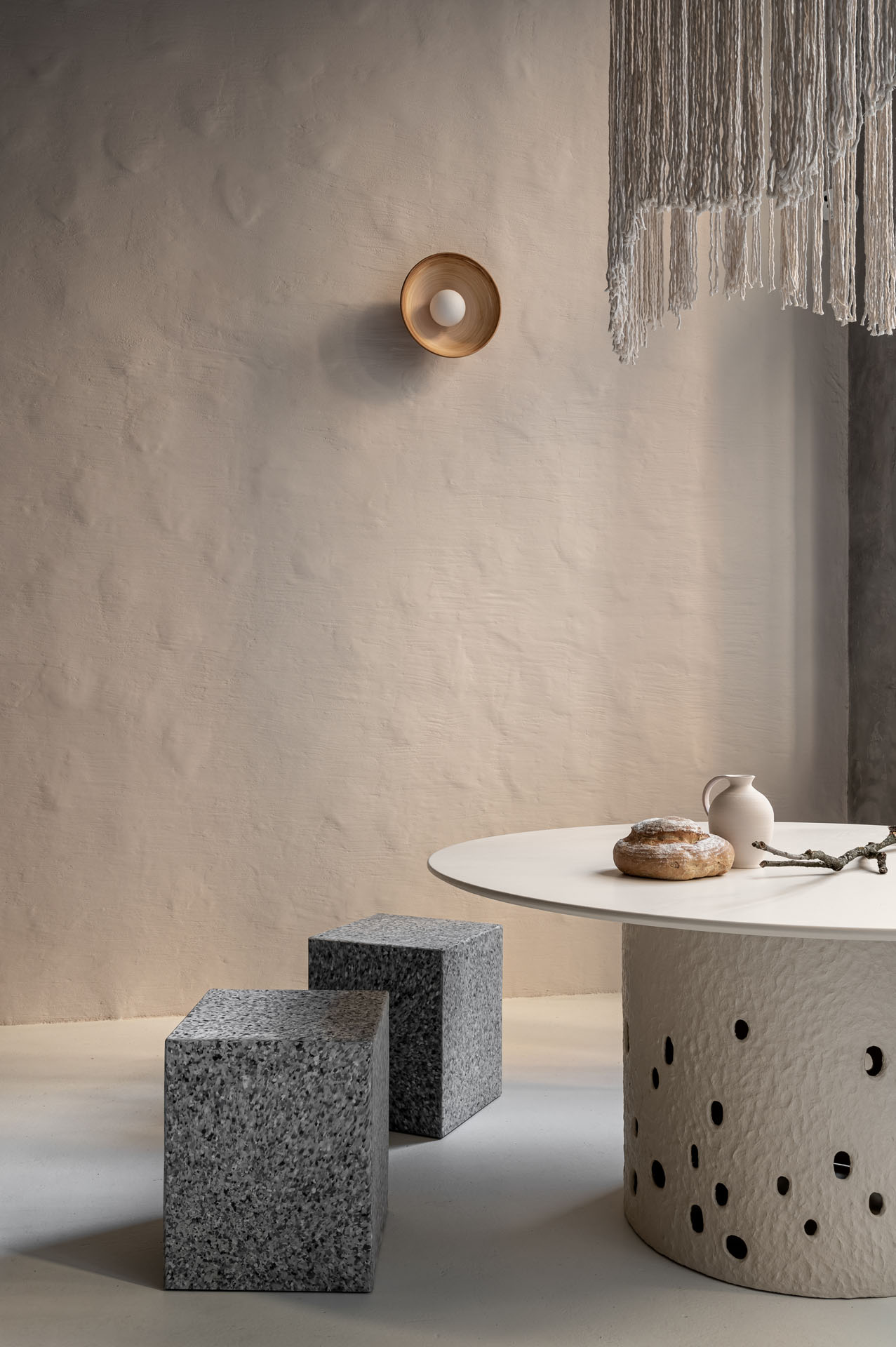
Many of the items at Istetyka have been handmade by local artisans such as the macrame lamps that elegantly hang over dining the tables as well as the rounded steel sconces that fill the interior with a soothing light after sunset. Authentic Kumanec vases with textured surfaces are part of Faina’s collection of furniture and decor, which is also part of Yakusha Studio.
The Latest
A Sense of Sanctuary
We interview Tanuj Goenka, Director of Kerry Hill Architects (KHA) on the development of the latest Aman Residences in Dubai
Elevated Design
In the heart of Saudi Arabia’s Aseer region, DLR Group has redefined hospitality through bold architecture, regional resonance and a contemporary lens on culture at Hilton The Point
Turkish furniture house BYKEPI opens its first flagship in Dubai
Located in the Art of Living, the new BYKEPI store adds to the brand's international expansion.
Yla launches Audace – where metal transforms into sculptural elegance
The UAE-based luxury furniture atelier reimagines the role of metal in interior design through its inaugural collection.
Step inside Al Huzaifa Design Studio’s latest project
The studio has announced the completion of a bespoke holiday villa project in Fujairah.
Soulful Sanctuary
We take you inside a British design duo’s Tulum vacation home
A Sculptural Ode to the Sea
Designed by Killa Design, this bold architectural statement captures the spirit of superyachts and sustainability, and the evolution of Dubai’s coastline
Elevate Your Reading Space
Assouline’s new objects and home fragrances collection are an ideal complement to your reading rituals
All Aboard
What it will be like aboard the world’s largest residential yacht, the ULYSSIA?
Inside The Charleston
A tribute to Galle Fort’s complex heritage, The Charleston blends Art Deco elegance with Sri Lankan artistry and Bawa-infused modernism
Design Take: Buddha Bar
We unveil the story behind the iconic design of the much-loved Buddha Bar in Grosvenor House.
A Layered Narrative
An Edwardian home in London becomes a serene gallery of culture, craft and contemporary design

